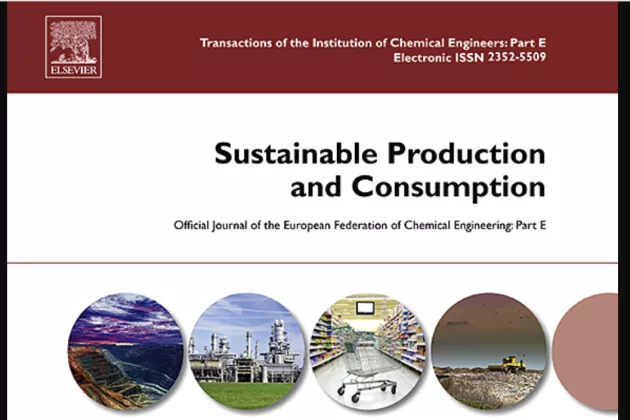In recent years, the analysis of abrupt and non-abrupt changes in precipitation has received much attention due to the importance of climate change-related issues (e.g., extreme climate events). In this study, we used a novel segmentation algorithm, DBEST (Detecting Breakpoints and Estimating Segments in Trend), to analyze the greatest changes in precipitation using a monthly pixel-based satellite precipitation dataset (TRMM 3B43) at three different scales: (i) global, (ii) continental, and (iii) climate zone, during the 1998–2019 period. We found significant breakpoints, 14.1%, both in the form of abrupt and non-abrupt changes, in the global scale precipitation at the 0.05 significance level. Most of the abrupt changes were observed near the Equator in the Pacific Ocean and Asian continent, relative to the rest of the globe. Most detected breakpoints occurred during the 1998–1999 and 2009–2011 periods on the global scale. The average precipitation change for the detected breakpoint was ±100 mm, with some regions reaching ±3000 mm. For instance, most portions of northern Africa and Asia experienced major changes of approximately +100 mm. In contrast, most of the South Pacific and South Atlantic Ocean experienced changes of −100 mm during the studied period. Our findings indicated that the larger areas of Africa (23.9%), Asia (22.9%), and Australia (15.4%) experienced significant precipitation breakpoints compared to North America (11.6%), South America (9.3%), Europe (8.3%), and Oceania (9.6%). Furthermore, we found that the majority of detected significant breakpoints occurred in the arid (31.6%) and polar (24.1%) climate zones, while the least significant breakpoints were found for snow-covered (11.5%), equatorial (7.5%), and warm temperate (7.7%) climate zones. Positive breakpoints’ temporal coverage in the arid (54.0%) and equatorial (51.9%) climates were more than those in other climates zones. Here, the findings indicated that large areas of Africa and Asia experienced significant changes in precipitation (−250 to +250 mm). Compared to the average state (trend during a specific period), the greatest changes in precipitation were more abrupt and unpredictable, which might impose a severe threat to the ecology, environment, and natural resources.
Detecting Changes in Global Precipitation

CMES Deputy Director Ronny Berndtsson and CMES researcher Hossein Hashemi have co-authored the article "Detecting the Greatest Changes in Global Satellite-Based Precipitation Observations" together with Majid Kazemzadeh (Lund University), Sadegh Jamali (Lund University), Cintia Bertacchi Uvo (Lund University) and George Huffman (NASA Goddard Space Flight Center). The article is published in the journal Remote Sensing.




